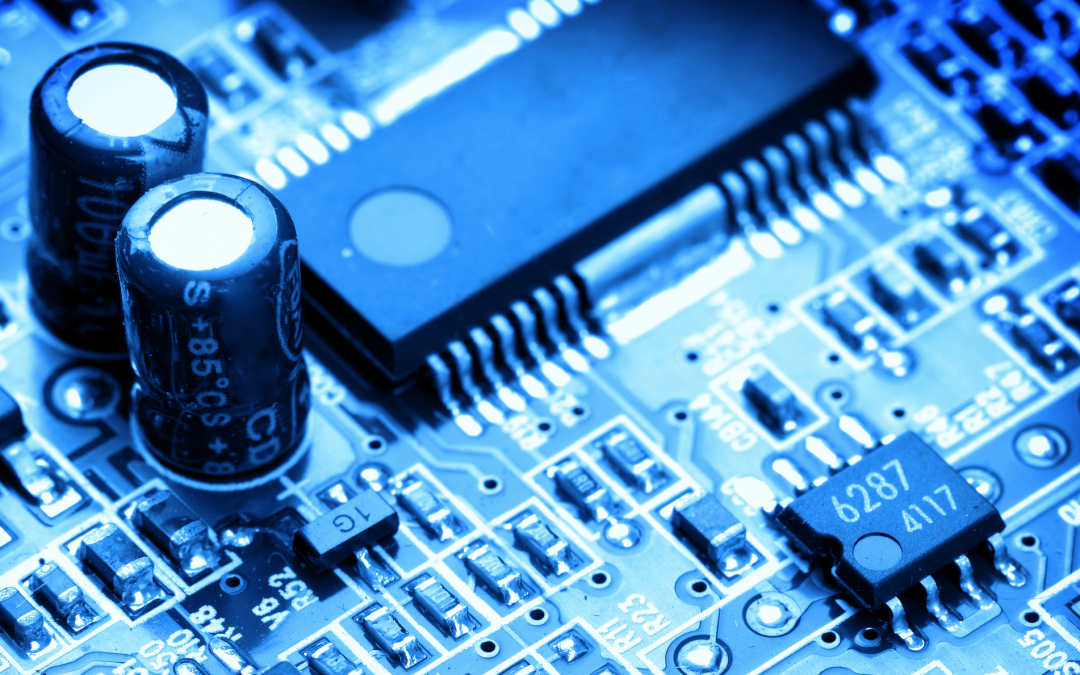To some, a machine-to-machine economy is inevitable.
Given the increasing trend toward automation, proponents reason, it’s only natural that connected devices will become better coordinated into smart, adaptive networks. And with the advent of blockchain, the so-called Internet of Things (IoT) industry has found a new tool to make its vision into reality.
But a key question remains: are existing blockchain designs sufficient to meet the needs of the IoT industry? Or are specialized designs needed to mitigate use case-specific issues?
Innogy Consulting, an innovation and consulting group based in Berlin, for example, believes dedicated technology is needed.
The firm’s technology lead, Carsten Stöcker, told CoinDesk that he believes unique blockchain use cases will be adopted by industries, and to that end Innogy has partnered with a project called IOTA.
Stöcker said:
“In general we believe in the concept of ‘special purpose blockchains’. These platforms are designed to meet industry standards and requirements, and to integrate different assets.”
It’s the high transaction throughput provided by IOTA’s network, an improvement over current cryptocurrencies, that attracted Innogy to partner with the initiative.
Stöcker predicted that, in future, distributed ledger tech like IOTA’s will be necessary for smart meters, communication devices, telematics boxes, objects tags, 3D printers, digital assets or media content.
Such dedicated platforms will be a “key technology enabler for entire new business economics and business models”, he said.
IOTA’s play
Stöcker suggested the machine economy will primarily use blockchain tech for micropayments – fractions of pennies paid by machines to other machines to compensate them for performing tasks.
And to date, major public blockchains like bitcoin and ethereum haven’t successfully proven that they can deliver micropayments at volume due to how they compensate the parties that process and settle payments.
The two main issues are fees and scalability. Specifically, high fees and slow verification disincentivize users from adopting a network.
“Imagine having to pay an 80-cent fee on each data packet,” IOTA founder David Sonstebo said.
The IoT has a need for a scalable, robust digital currency network, and a standard protocol that allows many machines to participate via Wi-Fi, LTE cellular networks or peer-to-peer mesh networks.
IOTA – which was first proposed in 2015 and is run by the IOTA Foundation – seeks to sidestep one of the issues by removing fees for using its network altogether.
With its current architecture, the IOTA protocol makes users and validators the same entity – eliminating the need to charge for transactions. In Sonstebo’s view, this makes the IOTA network entirely self-regulated and voluntary.
The incentive for machines to join the network is the presence of other machines.
Further, IOTA’s main innovation isn’t a blockchain in the strict sense, but a cryptocurrency network it calls the ‘Tangle’ – a “directed acyclic graph” architecture allowing, it claims, for thousands of transactions per second.
Sonstebo said:
“The real beauty of the Tangle is that the incentive is built in, you don’t have to pay some other party to secure the network: everyone is equally securing the network. Entirely self-regulated. The incentive is simply to be able to use the protocol.”
The current IOTA ecosystem is reminiscent of many other cryptocurrencies. There are 12 developers working on its tech worldwide, a forum, a Slack community with an over-the-counter trading community for the currency and a web wallet.
The project has also released a white paper detailing the platform’s technical details and aspects.
Talking phones
One use case for IOTA’s technology was recently showcased at the 2017 Mobile World Congress in Barcelona.
In conjunction with Canonical, the promotions arm of the Ubuntu operating system, IOTA unveiled a telecom billing solution.
Currently, it is difficult for cellular providers to offer new services to customers because of the high fixed costs associated with creating new billing systems. IOTA provides a solution whereby individual phones can transact with each other by settling transactions using IOTA’s network.
Stöcker believes IOTA for telecoms is only the beginning, and that other use cases for the tech will crop up across other industry sectors.
“We expect that many cyber physical systems, such as supply chains, mobility systems, smart cities or healthcare systems, will emerge and be built upon automated bots and artificial intelligence or machine learning,” he said.
Already, there are signs suggesting this process has got underway.
During a recent interview with CoinDesk, Maarten Ectors, vice president of Canonical’s IoT efforts, confirmed a deal with IOTA.
According to Ectors, the project’s technology will be used for a proof-of-concept project with German conglomerate Energie RWE AG starting later this year.
Electrical chip image via Shutterstock

